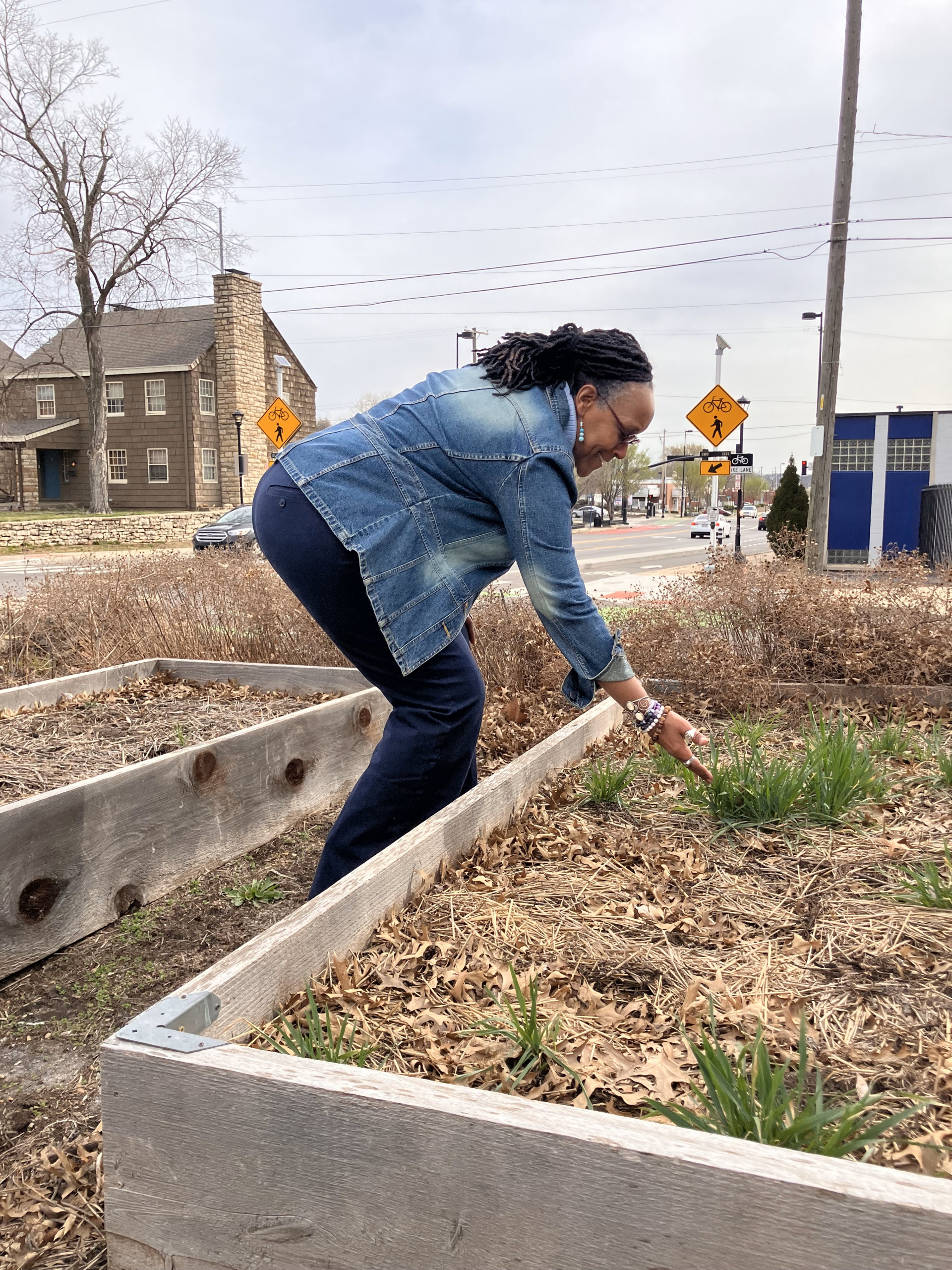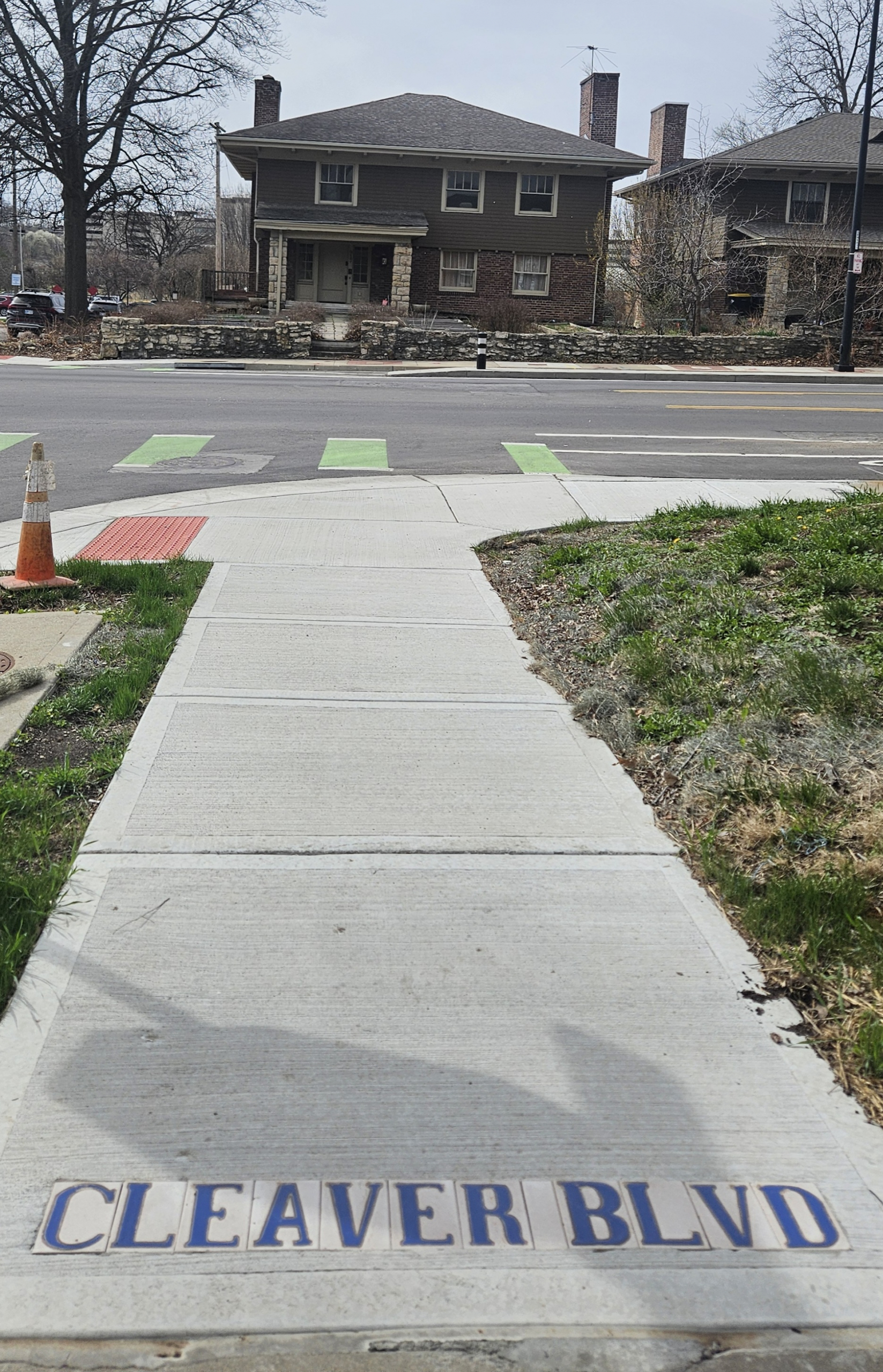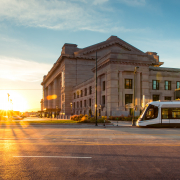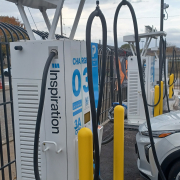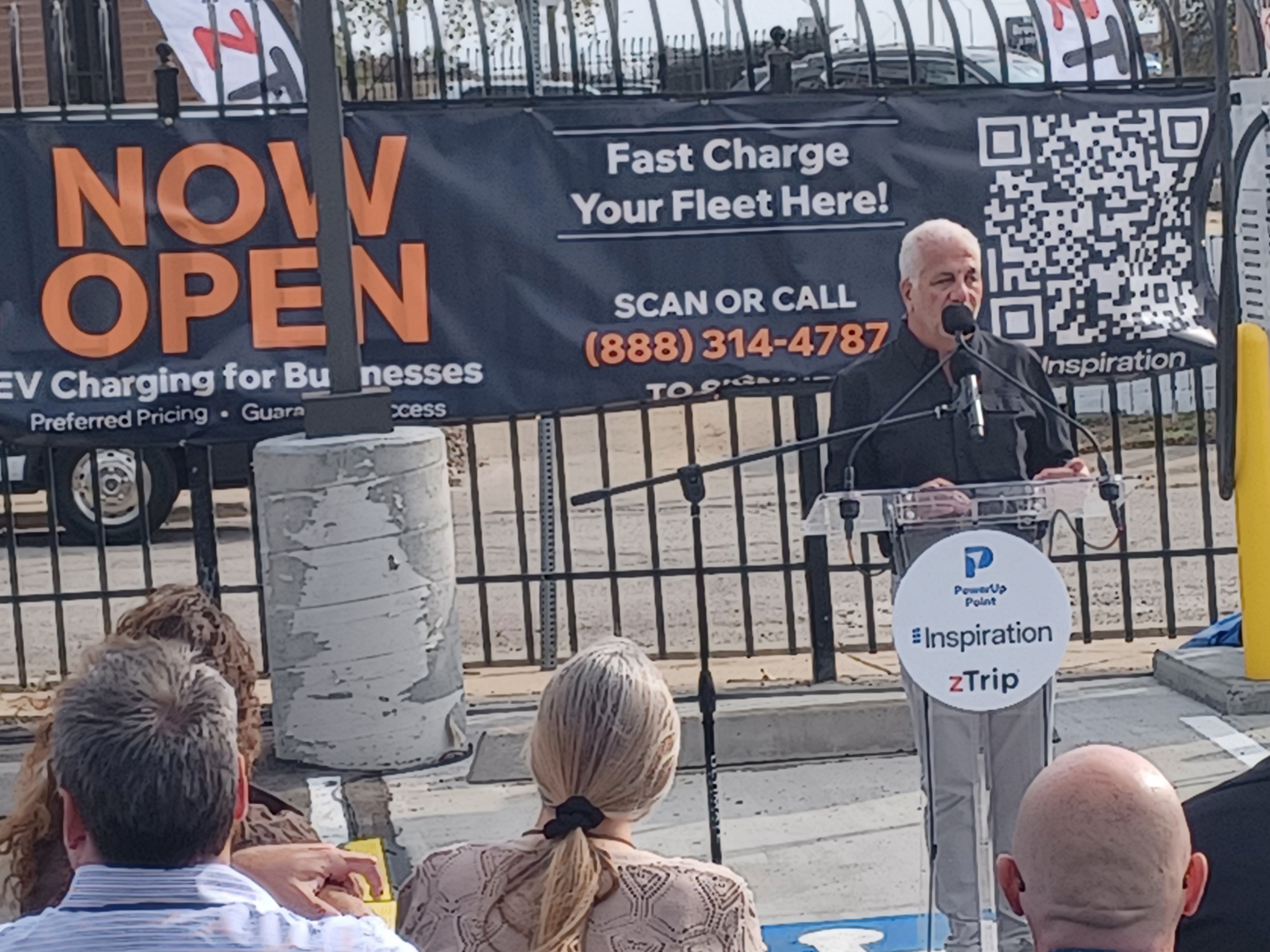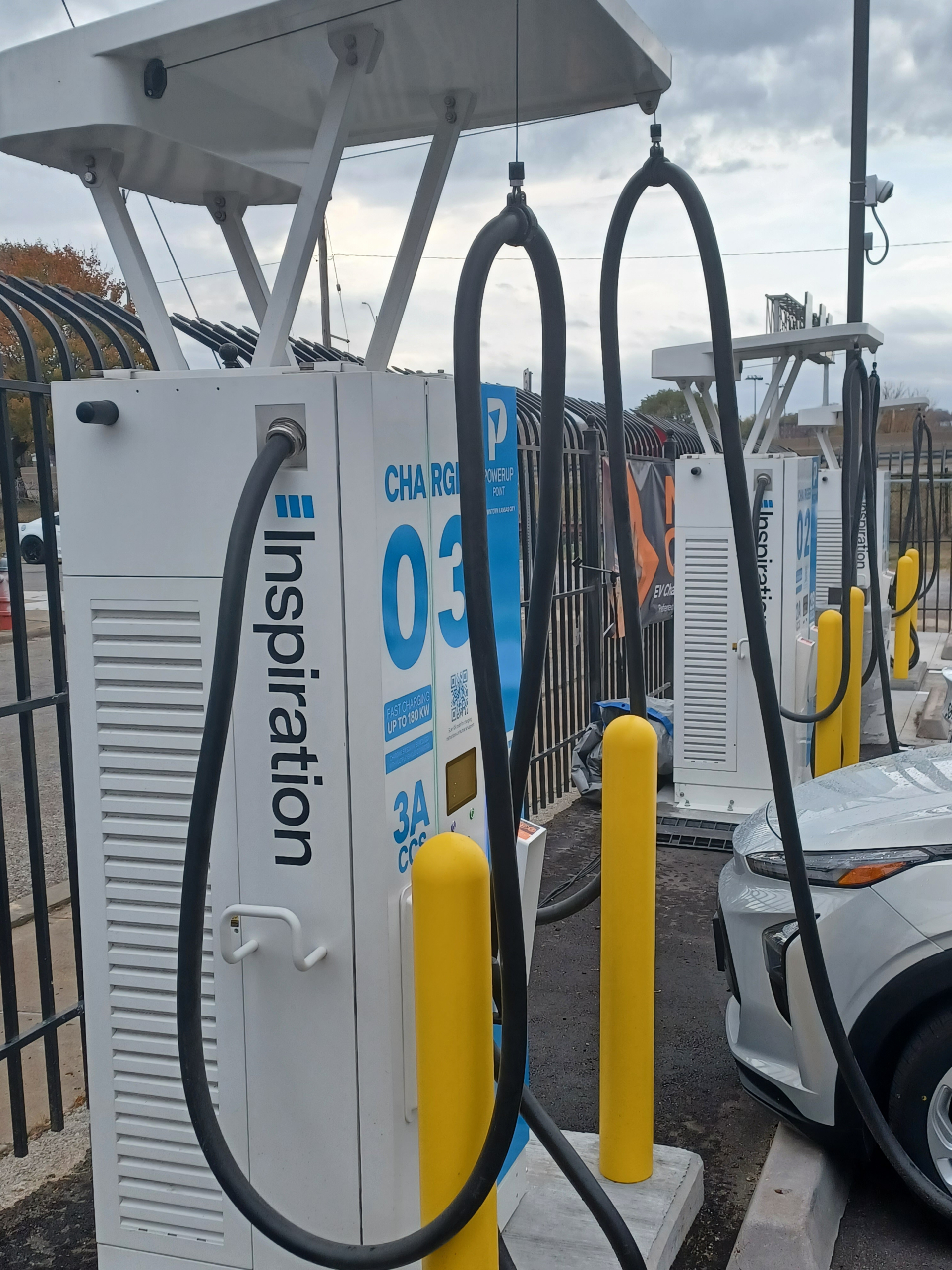Spring Cracks Open at Project Living Proof
History, Sustainability, and the Slight Madness of Kansas City Weather
By Kasi Darnell
Spring doesn’t arrive in Kansas City so much as kick down the door. One day you’re in a parka; the next you’re sweating through your shirt in a garden you forgot existed. Over on the corner of Emanuel Cleaver III Boulevard and Harrison Street, tucked into the historic RockHill neighborhood, Project Living Proof (PLP) is waking up.
The native Prairie Fire blossoms are elbowing their way out of the soil. The bees are back. Someone’s already mowed their lawn twice and cursed about it. And inside this 100-year-old house, something else is stirring—an idea. A mission. A really weird, really cool mash-up of old bones and modern brains: sustainability inside a historic home.
PLP is a living science exhibit disguised as your grandma’s house—if your grandma was into solar panels, high-efficiency HVAC systems, and water retention strategies. It’s operated by Metropolitan Energy Center (MEC), an organization that’s been quietly fighting the good fight for cleaner air, smarter buildings and more resilient cities since before it was cool.

MEC Director of People and Operations Royce Martin admires the garden at Project Living Proof.
PLP isn’t a showroom. It’s not a museum. It’s a real house in a real neighborhood, showing real people what’s possible. Want to know how to retrofit a drafty old house without ripping out the soul? This is where you go. Want to see what a stormwater system looks like before your basement floods? Right here.
But here’s the thing: this place doesn’t run on good vibes and compost tea. It runs on people.
So here’s your call to action:
We need hands. We need minds. We need people who give a damn.
Volunteer with us. Help keep the gardens growing, the systems running, the message alive. Or—if you’re short on time but long on generosity—make a donation. Every dollar goes into keeping this place real, relevant and open to the community.
Because PLP isn’t just about green tech or old houses. It’s about showing Kansas City what’s possible when we stop throwing things away—houses,
neighborhoods, ideas—and start building smarter.
Spring is here. The city is waking up. And we’re just getting started.
Get involved. Show up. Make it matter.
Donate to support MEC and PLP’s mission at metroenergy.org/onefuture or sign up to volunteer at metroenergy.org/get-involved/volunteer-opportunities.
